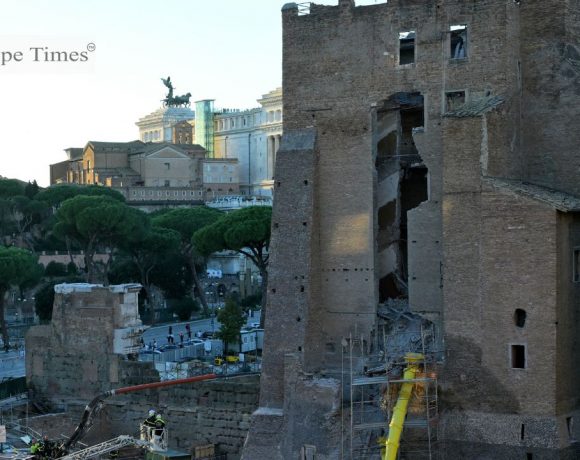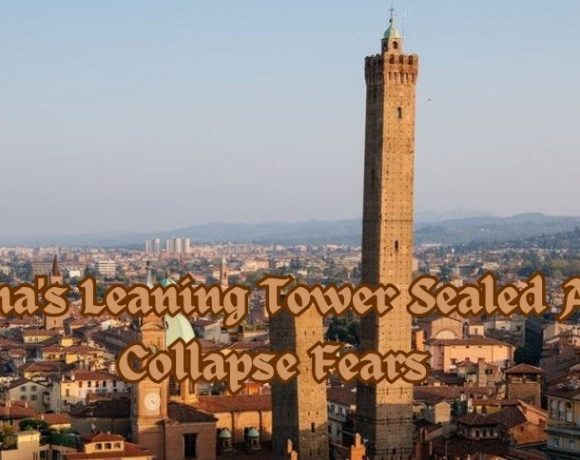
A Romanian worker has died after being trapped for hours under the rubble following the partial collapse of the medieval Torre dei Conti near the Colosseum in Rome. Emergency services rescued the man late on Monday and rushed him to hospital in serious condition, but he later succumbed to his injuries. Another Romanian worker sustained serious but non-life-threatening head injuries, while two others suffered minor injuries. Fortunately, no firefighters were harmed during the rescue operations.
The 29-metre-high Torre dei Conti, which was undergoing restoration to be converted into a museum and conference space, partially crumbled twice on Monday — first at around 10:30 GMT and again about 90 minutes later. Video footage captured clouds of dust and falling masonry as firefighters worked with aerial ladders to stabilize the structure. Authorities have since seized the construction site to investigate the cause of the collapse, local media reported.
Built in the early 13th century by Pope Innocent III for his family, the Torre dei Conti once stood twice its current height before being reduced due to earthquake damage in the 14th and 17th centuries. The tower, located along the historic Via dei Fori Imperiali, had been closed to the public since 2006 and was undergoing a four-year EU-funded renovation project expected to conclude next year. The collapse has left the building standing but with significant internal damage.
Pic Courtesy: google/ images are subject to copyright

